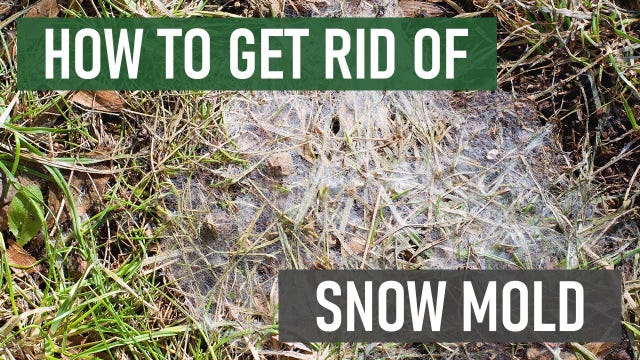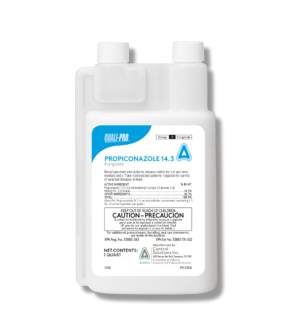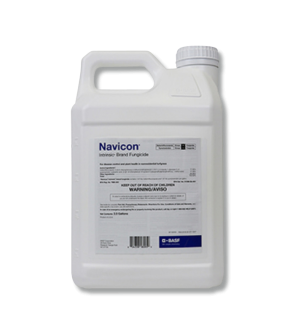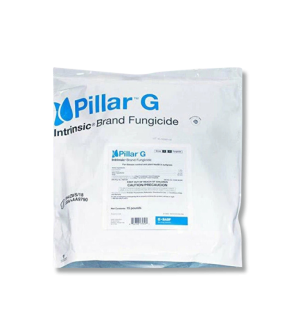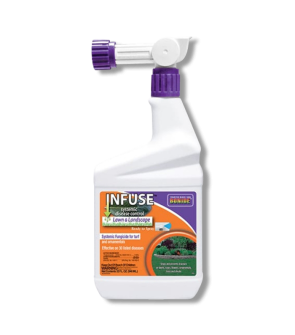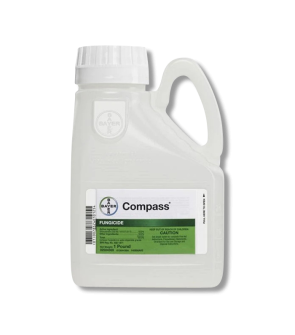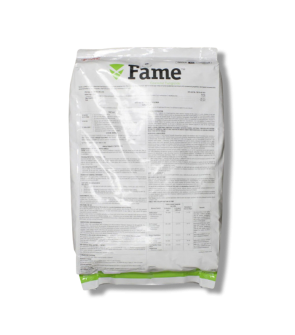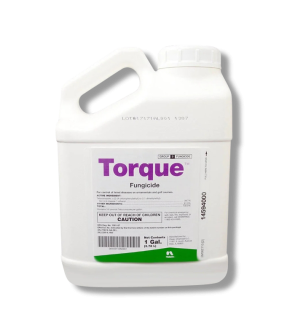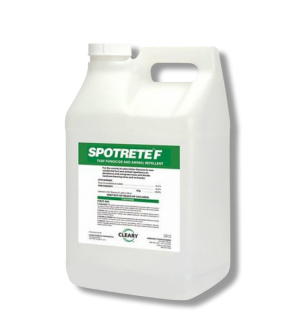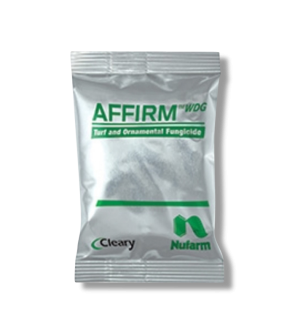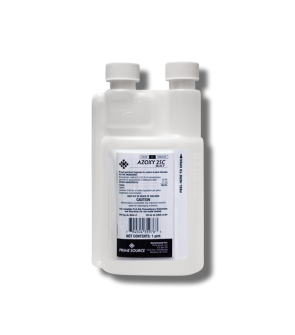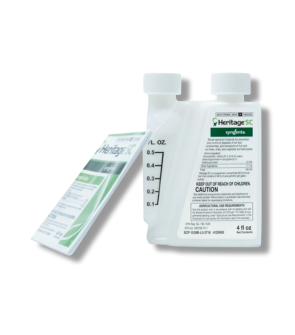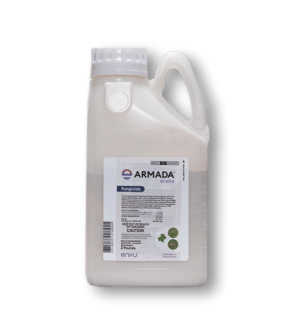Gain access to personalized product screening, the best pricing, rewards, and more!
Most Effective Products
Pink Snow Mold Control: How To Get Rid of Pink Snow Mold
Snow Molds are fungi that usually occur when there is an extended period of snow cover on the turf that takes longer to melt away. Due to the slow melting process, the turf underneath is affected and results in mold growth. When it comes to Pink Snow Mold, once the snow actually does melt away, you are left with pink patches of turf or even slimy sticky pink mold on blades of grass.
The accumulation of pink fungal spores pile up on the leaves of infected grass plants, producing a pink cast on circular patches of matted grass. Usually, only leaves are attacked, but under favorable conditions, the fungus may kill the crowns and roots as well. What is interesting about pink snow mold is that it doesn't even really require snow to develop and can accumulate via icy or freezing temperatures without snow.
If you have discovered Pink Snow Mold on your lawn, our DIY Pink Snow Mold treatment guide will show you how to remove it with professional fungicides recommended by our lawn care experts.
Identification
Before proceeding with treatment, you will need to be certain the disease infesting your property is pink snow mold. Careless identification can lead you to using the wrong or ineffective insecticides, which can be a waste of time and money. Refer to the following characteristics to know what pink snow mold looks like:

- Many homeowners first discover they have snow mold after the snow has melted away and the fungus has settled in. You'll first notice round patches of discolored turf. The affected area may be covered in mycelium, and the grass will be matted flat.
- There are two well-known types of snow mold: pink snow mold and grey snow mold. Pink snow mold will have areas of pink among afflicted turf, while grey snow mold is simply grey in color.
- Spots of pink snow mold are usually less than 1 foot in diameter, while grey snow mold can grow to around 3 feet in diameter. Note that while pink snow mold and grey snow mold are caused by different pathogens, they both develop under similar conditions and can be treated and prevented using the same methods.
Refer to the image above and our description to help you in identifying pink snow mold. If you are still not totally sure, you can contact us and we'll help you in correctly identifying your issue.
Inspection
Once you have confirmed pink snow mold on your property, proceed with an inspection. During this phase, you are determining where pink snow mold is found and the conditions allowing it to thrive.

Where to Inspect
If the snow has already melted away, then finding the afflicted turf is easy; just walk your property and note any instances of snow mold you see.
If snow is currently present, take note of any areas where the snow is particularly dense and packed. Snow in those areas may melt more slowly and create an environment conducive to fungal development. If snowfall has yet to happen, recall past seasons if any lawn disease or fungi were found after the snow has melted away.
What To Look For
You should be looking for matted down, crusty circular patches of grass that have a whitish-pink appearance.
Treatment
Before handling any pesticides, we suggest wearing the proper personal protective equipment (PPE) to prevent chemicals from coming in contact with your eyes or skin. Remember to keep all people and pets away from the treatment area until dry when applying the products listed in this DIY guide.
Our top recommendation to get rid of and prevent pink snow mold is Patch Pro. This product contains the active ingredient propiconazole and is effective in protecting plants against pink snow mold infections. Patch Pro is a systemic fungicide that contains the active ingredient Propiconazole and is used to treat and prevent a wide variety of lawn and ornamental diseases, including snow molds, brown patch, or leaf spot.
Step 1 - Measure & Mix Patch Pro
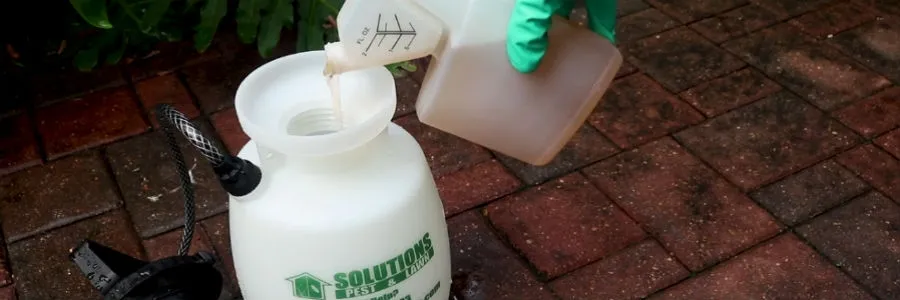
To determine how much Patch Pro to use, you will need to calculate the square footage of the treatment area. To do this, you will need to measure the length and width in feet then multiply together (length X width = square footage).
In a handheld pump sprayer, mix the labeled rate of 2 to 4 fluid ounces of Patch Pro into 1 gallon of water per 1,000 square feet of treatment area.
Step 2 - Apply Patch Pro To Affected Areas

Spray your solution over the afflicted turf and surrounding areas to the point of wet, but not runoff. Allow the product to dry completely before allowing people or pets back into the area. You should start to see a reduction in the afflicted area within 2 weeks. Remember to make a follow-up application 14 days after your initial treatment.
Patch Pro is a systemic fungicide and will be absorbed into the plants giving it a 30-90 day residual. Apply once in the Fall after grass becomes dormant or in the early spring before the grass starts to grow.
Prevention
After pink snow mold has been removed from your property, ensure it does not return by following the listed preventative measures. Prevention for snow mold starts in late fall or early winter, before any snowfall.
- First, you can mow your grass shorter before it snows to make it less likely for the disease to take hold. You should also rake away any leaf litter and pick up any fallen debris to clean away organic material that can rot during damp conditions.
- If you are going to apply fertilizer in the fall, pay attention to the products NPK ratio to make sure your lawn is getting the amount of Nitrogen, Phosphorus, and Potassium it needs. Too much Nitrogen may overstimulate your lawn and promote weeds, disease, and pests.
- Finally, we recommend you make a broadcast application of Patch Pro over your entire lawn using the same application rate of 2 - 4 fluid ounces per 1,000 square feet. Do this before snowfall, and with a broad fan spray setting to ensure coverage. Do not apply this product on top of snow. Patch Pro will absorb into the turf and will prevent disease development for up to 90 days.
Key Takeaways
What is Pink Snow Mold?
- Pink Snow Mold is a turf disease caused by fungal spores that are usually caused by snow development and the snow taking long to melt away and there are high amounts of moisture accumulating.
How to Get Rid of Pink Snow Mold
- Our top recommended fungicide to prevent Pink Snow Mold is Patch Pro. It is a highly effective product and an affordable option.
How to Prevent Pink Snow Mold Reinfestation
- Once your lawn has been treated, keep Pink Snow Mold away with a consistent lawn care and maintenance program which addresses moisture issues, cutting the grass short and applying fertilizer to enhance recovery. You will also need to reapply Patch Pro before snow falls in your region.






